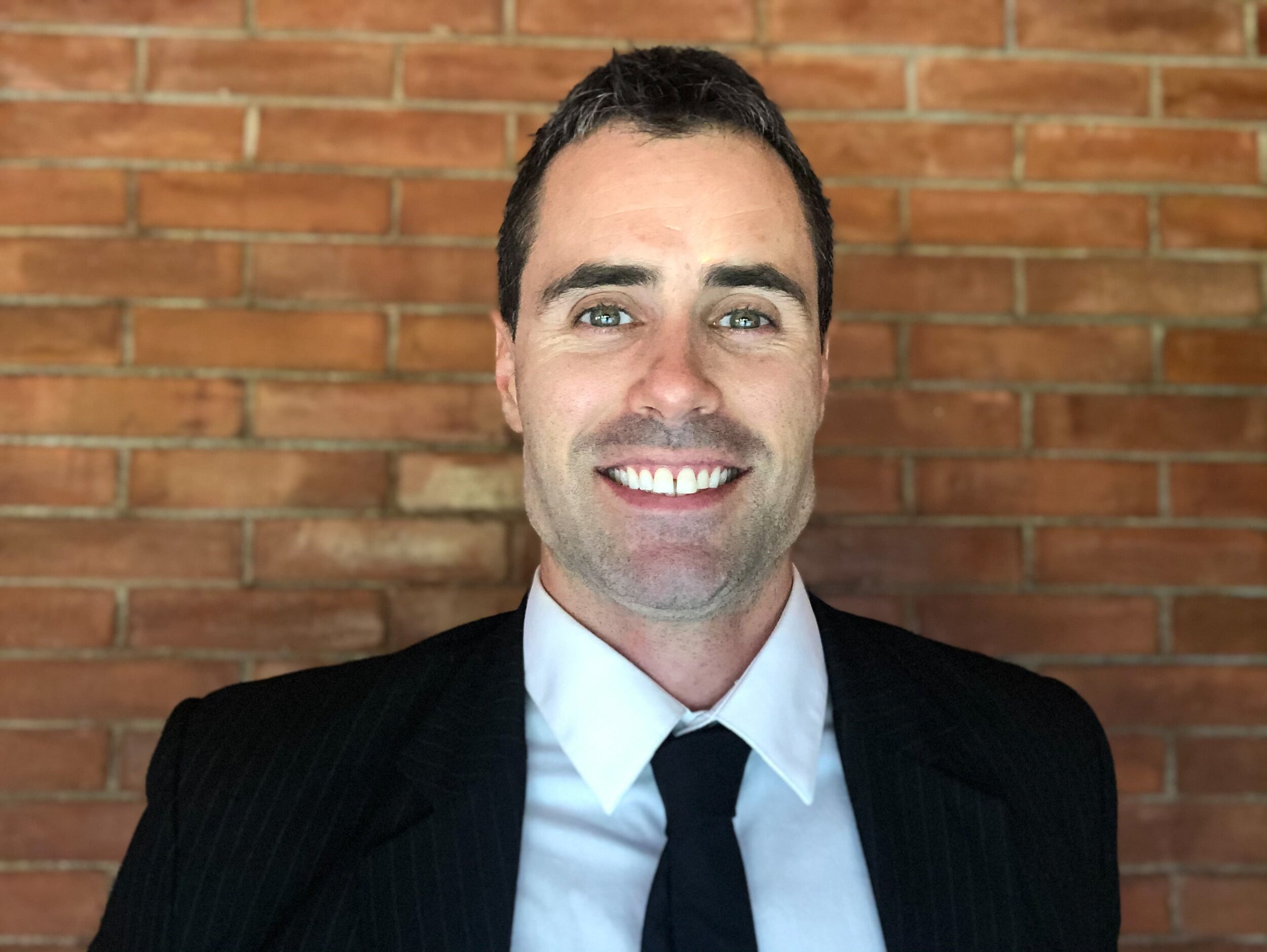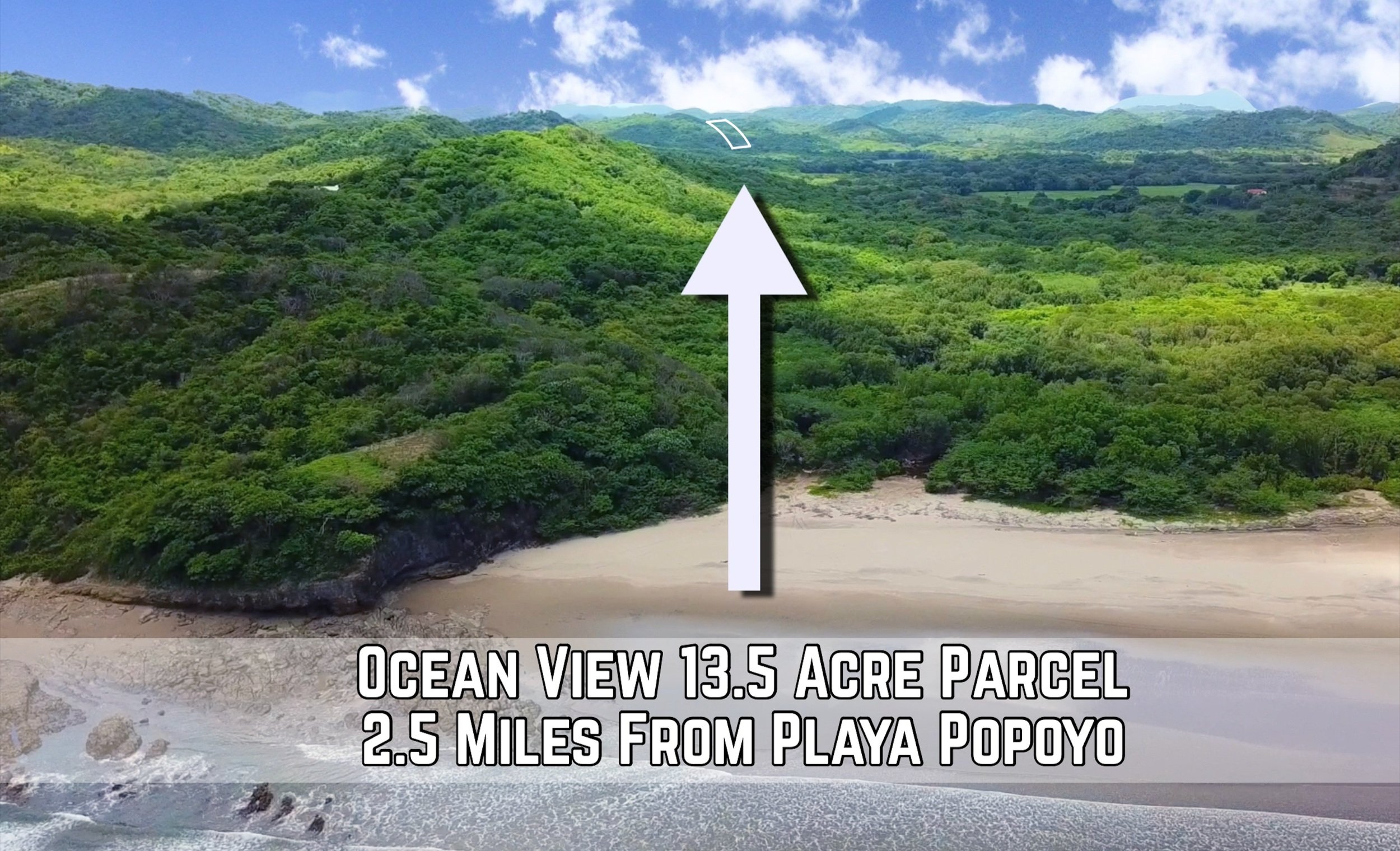2024 Nicaragua Property Market Report
Hello everyone, thanks for checking out this article. This one covers Nicaragua's 2024 real estate market and trends. It focuses mainly on the southern Pacific coast, specifically the San Juan Del Sur and Popoyo areas, the most popular amongst foreigners investing in the country.
Overview:
The real estate market in this region of Nicaragua is growing. It’s at, or near, historically high levels of total transactions. We’re seeing strong sales numbers, and a slow, steady increase in nominal sales values. Adjusted for inflation we are back to around the highs of early 2018 and also the mid-pandemic boom. As a whole we are seeing a continuation of the general trend of the last decade and a half.
We are also seeing an increase in the number of commercial sales and new builds. This is a result of the decreased inventory of detached single family homes. Many of which are now owner occupied, having been purchased during the pandemic. Meaning that some people are unable to find an existing home they like, and they’re commissioning new builds as a result.
However, as I’ve mentioned in previous articles and videos, building a new home here is generally more expensive that buying an existing one. This is mainly due to the inflation in materials costs, primarily concrete and rebar but also the full range of other building materials and accessories.
This inflation in materials costs was caused by loose monetary policy in the US and other major western countries during the pandemic. Opinions on that notwithstanding, the dramatic increase in the money supply has devalued currencies relative to materials. Given the flood of money into the global financial system over that time span I don’t expect those costs to ever decrease.
In contrast, sellers of existing homes are often more likely to accept closer to the nominal dollar value they have into their properties. Be that at the time of build, or purchase. Often they do not account for the change in the dollars value over time. So, all other things being equal, I still recommend looking at existing homes first, before buying land and building.
Even if you are unable to find the exact home you are looking for, renovations here are still relatively inexpensive. Labor costs have not inflated like materials costs have. Meaning that things like painting, landscaping, renovations such as kitchens and bathrooms, etc. are still cost effective.
Increasing Sales Numbers Correlated with Increased Tourism
The fact that real estate sales are near or above historical all time highs is not surprising. A large proportion of Nicaragua’s regional economic activity comes from the tourism sector, which is at record levels. Given the property market’s correlation with tourism and influx of permanent remote workers, it’s a logical trend that is bearing out. Like many popular holiday destinations the path to real estate investment often starts with vacations.
In 2023, Nicaragua welcomed a record number of visitors, 1.2 million people in total for the calendar year. That’s a high number for the country, given the population of Nicaragua is under seven million. This increase in visitor numbers also contributed to a 24% rise in tourism revenue year over year. Projections from the World Travel and Tourism Council (WTTC) suggest even more robust growth in 2024.
In addition to the growth in tourist numbers, and overall tourism related income, the there's been an uptick in the average daily expenditure per tourist. This comes from an increasing number of wealthier tourists visiting. The influx of more affluent tourists translates into heightened interest in premium properties.
The increased interest, demand, and sales of high quality homes in well designed and managed communities creates a virtuous cycle further bolstering the attractiveness of these destinations to potential real estate investors. Like minded people of greater economic means tend to purchase near other, similar people. This trend is visible in the sales, communities and also in the profusion of upmarket businesses catering to them. It’s a self reinforcing cycle: improved attractions, people spending more in country, and an impetus for entrepreneurs to invest and serve that market.
Improving Infrastructure and Amenities
Ongoing infrastructure investments by the Nicaraguan national government bode well for the region. The main driver here is the rapid construction of the new Coastal Highway project. Running from the Costa Rican border through San Juan del Sur and North via the entire Emerald Coast, it promises to enhance connectivity and accessibility for the region.
The rapid progress of the $400+ million dollar road project is already enhancing the region's allure to tourists and prospective property buyers. Major investments in public infrastructure combined with private business investment are likely to lead to continued long term growth and development.
The completion of the coastal highway is poised to stimulate development along the entire Southern Pacific coastline. It should benefit both there San Juan Del Sur and Popoyo areas. For owners in San Juan Del Sur who value the town's amenities, school, and community atmosphere, the highway will increase accessibility to surfing in Popoyo.
Popoyo is poised to grow thanks to shortened travel durations to Managua, its airport, and San Juan Del Sur. It will also offer much more convenient access to the Costa Esmeralda airport for those arriving via private flights. At the time of writing the reopening date for the Costa Esmeralda Airport remains uncertain, its eventual resumption will herald the return of private flights to the coast, bringing an affluent clientele. That should increase income per capita per tourist and investment all along the coast.
Global Economic Trends and their Relation to the Nicaraguan Real Estate market
Expatriate investor demand and the growing influx of tourists are the primary factors driving Nicaragua's real estate market. Global economic trends are also factors. At the time of writing, major developed countries are still experiencing high borrowing rates and inflation rates above central bank targets. Given that the majority of expat homeowners in Nicaragua are from the United States and Canada, the economic policies of these nations have implications here.
The average 30-year fixed rate in the United States hovering around 7% at the time of writing. Canada’s current prime rate is essentially the same. This has altered demand at different pricing levels and for a number of potential buyers.
In the United States, despite a marginal uptick in sales compared to 2022, these rates continue to dampen real estate buyer activity relative to the pandemic boom. A massive number of US homeowners have golden handcuffs; extremely low rates locked in for three decades. Making moving and thus selling untenable. A corollary has been a resulting in a surge in cash deals in the US where cash purchases currently constitute 34% of transactions.
Given Nicaragua’s real estate industry is also essentially a cash market, this creates an overlap in the buyer profiles between the two countries. In January 2021, the average 30-year mortgage rate was an astonishingly low 2.65%. With US HELOC loans now vastly more expensive, we aren’t seeing buyers borrow in the US and buy cash here. That’s been a big change in the last three years.
However, now that US and Canadian interest rates have stabilized, we are seeing total transaction numbers increasing again. Uncertainty during times of rising rates has dissipated now that rates have stabilized. Even if those are not coming down in a meaningful way any time soon, the reduced uncertainty has led to renewed demand here.
This surge in demand is primarily driven by individuals with significant financial resources who have developed confidence in investing in premium properties in Nicaragua. Moreover, more people, particularly those with substantial assets and investments, are recognizing the value proposition offered by Nicaraguan real estate. This correlates with the more affluent tourists we are seeing.
Likely Future Trends
The southern Pacific region of Nicaragua appears poised for slow, steady increases in tourism and property values.
However, with the investment into the Coastal Highway, correlating with the burgeoning sales growth of upper-tier properties, there exists the potential for appreciation to exceed these projections. The current and anticipated rise in tourism levels over the next one to two years, both in terms of visitor volume and average spending per visitor, could fuel a virtuous cycle of growth if it continues the current trend.
This cycle, driven by increased tourism, higher spending, more affluent visitors, and subsequent investment in high-end real estate, is likely to continue. As more individuals with financial means choose to invest in the region, thereby attracting others from their social circles and socio-economic cohort.
This gradual and steady growth trajectory will allow the region to maintain its unique character and charm, distinguishing it from the similar areas of Costa Rica's Guanacaste peninsula. Therefore, while the road to substantial development may be longer, the slow and steady progress should ensure the preservation of the area's authenticity.
Joel Stott-Jess
LifeInNica.com
Cell / WhatsApp: +505 8176 8624
US Number 1 786 753 8743
Skype: joelstottjess
Joel Stott-Jess is a New York Times featured agent / broker in San Juan Del Sur, Nicaragua.
Originally from Alberta, Canada he has been doing business in Nicaragua since 2014.
An investment consultant, serial entrepreneur, surfer, and outdoor enthusiast he is an expert on the real estate and business markets in Nicaragua. He also operates The Central Investor, a real estate and investment blog focused on the entire Central American region.

































